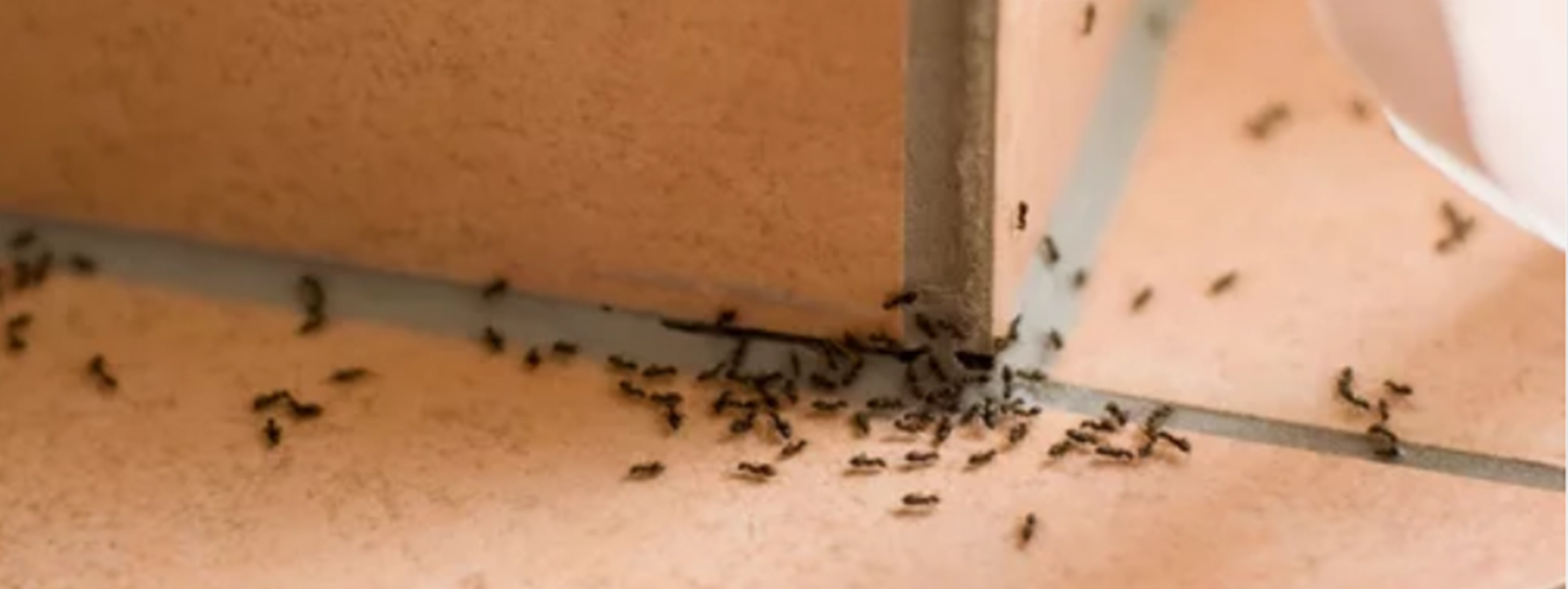Bridgewater Pest Removal: What Happens in an Ant Colony?

Ants are social creatures that live together in large groups called colonies. The ant hills that you see are only the entryways and do not indicate the size of the colony, which is hidden underground or inside a structure. A colony in your home can be a hazard requiring carpenter ant removal in Bridgewater to prevent extensive structural damage.
Objectively, however, ants are to be admired for the organization within their colonies. An ant colony can be home to thousands of insects, sometimes tens of thousands, yet each ant has a specific job to do and a role to play. Here is an overview of the hierarchy within the ant colony.
Workers
The majority of ants in a colony are workers. Worker ants are all female, and their primary job is to feed the colony. This means going out to gather food and bring it back in, which is why most of the ants you see outside the colony are workers. However, worker ants do a lot more than simply forage for food and bring it back to the colony. They gather the food together and allocate it so that all members receive sufficient nourishment.
The worker ants’ other responsibilities include protecting the colony from other ants as well as building and maintaining the nest. Worker ants can live from a few weeks to a year, depending on the species, but regardless of how long they live, they keep busy the whole time.
Queen
Relatively speaking, the worker ants do not live very long. They have to be replaced quickly, and that is the queen ant’s primary responsibility. The job of the queen ant is to reproduce frequently to maintain the population of the colony. While a majority of the ants in the colony are female, the queen is the only one that lays eggs. Queen ants are larger than workers, and their lifespans can be up to 30 years depending on species.
Drones
Drones are the male ants in the colony and rarely if ever, venture outside it. Drones have one job in the colony: To fertilize the queen so that she can continue to lay eggs and maintain its population. After this duty is completed, the drones have fulfilled their purpose in life and die shortly thereafter.
Alates
Alates go by several different names, including reproductives and swarmers. They only stay in the colony during the early stages of life. When they reach maturity, their job is to go out in swarms and form new colonies. Alates are equipped with wings for that purpose. There are both male and female swarmers. They mate with one another, after which the males die as the drones within the colony do. The newly fertilized females go off to build a nest and lay their eggs. If successful, each becomes the queen of a brand-new colony.
Alates are not part of a colony in their earliest days. It is only after the colony has been established for a few years that the queen lays eggs that hatch into larvae that grow up to be alates with wings and the ability to reproduce and form a new colony elsewhere.
The Benefits of Four Seasons Pest Control From Truly Nolen
Most homeowners only react to an infestation of carpenter ants or other pests once they discover that they are present. However, this is inefficient. Pests’ behaviours follow recognizable patterns based on the seasons. Therefore, it is possible to predict the behaviour and act in a proactive way to identify household pests and prevent infestations from taking hold. Truly Nolen’s Four Seasons Pest Control does just that, and it is especially important in regard to carpenter ants because the longer an infestation goes without identification and removal, the more structural damage the colony can do. Contact our Truly Nolen team in Bridgewater today to discuss a plan that will work for you!